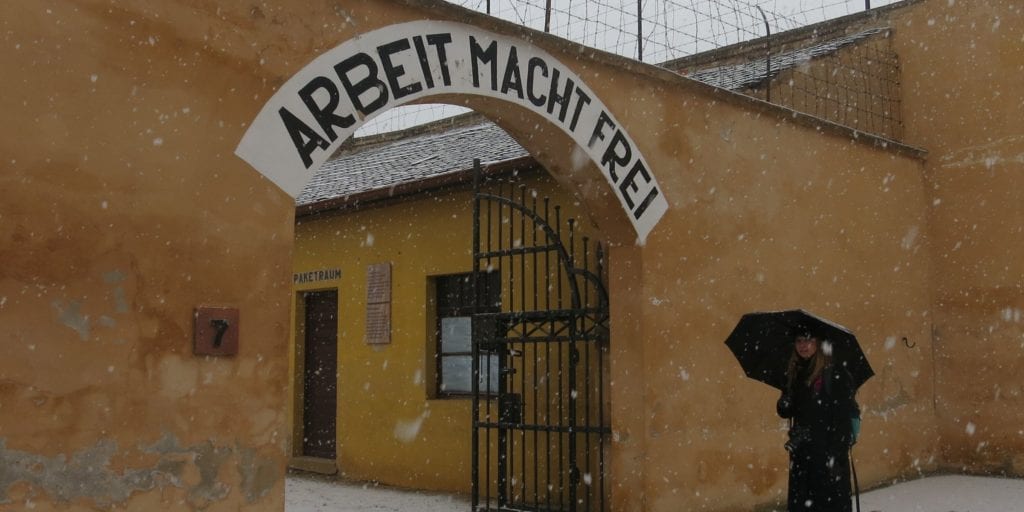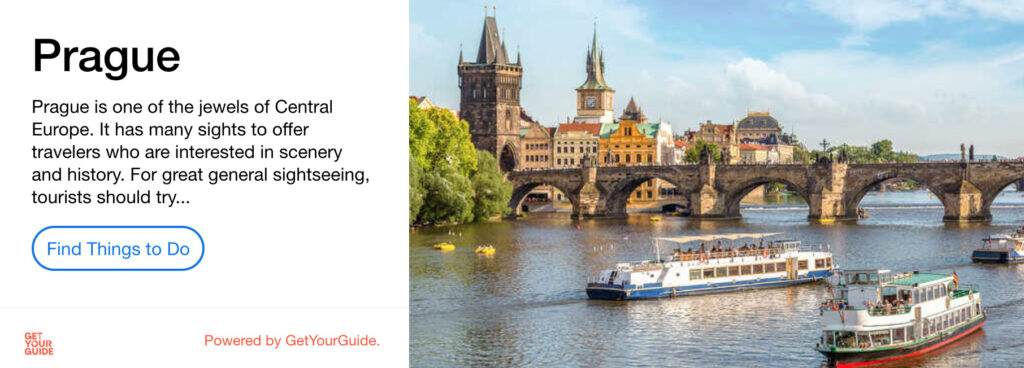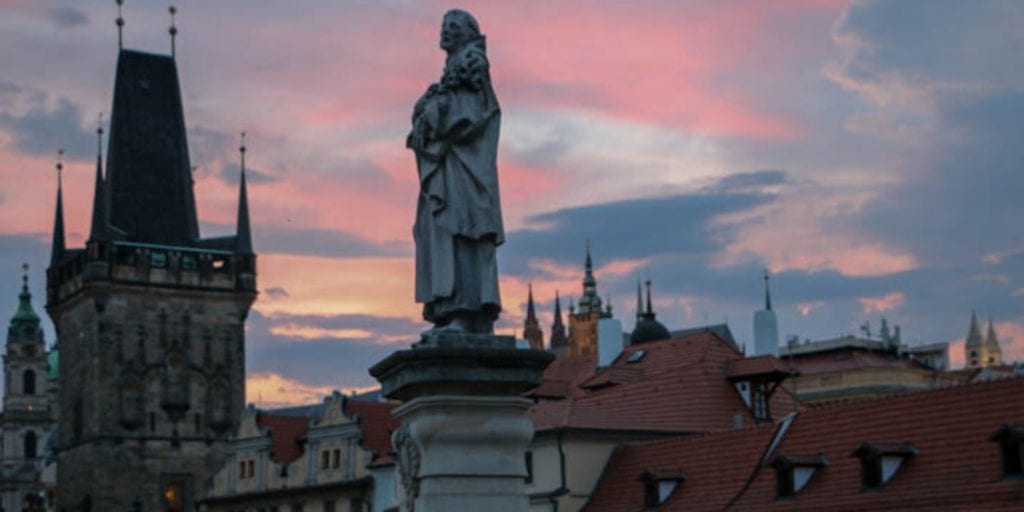Why You Should Visit the Terezin Concentration Camp
Hey there! This post may contain affiliate links, which means I’ll receive a commission if you purchase through my link, at no extra cost to you. Please see my legal page for more details.
Here’s why you should visit the Terezin Concentration Camp. Picture this:
The International Red Cross is coming to the ghetto. Yes, that kind of ghetto. The European ghettos that Jews were forced into during the horrific years of 1938-1945. There is overcrowding. There is stench. There is death. There is death everywhere, in fact.
But there is hope. The Red Cross is coming to the Terezin Concentration Camp just outside of Prague.
The year is 1944. It is just over three years since the first trainload of deported Jews were forced into the ghetto/concentration camp in the fortress town of Terezin, 70 kilometers north of Prague. A place that the Germans called Theresienstadt.
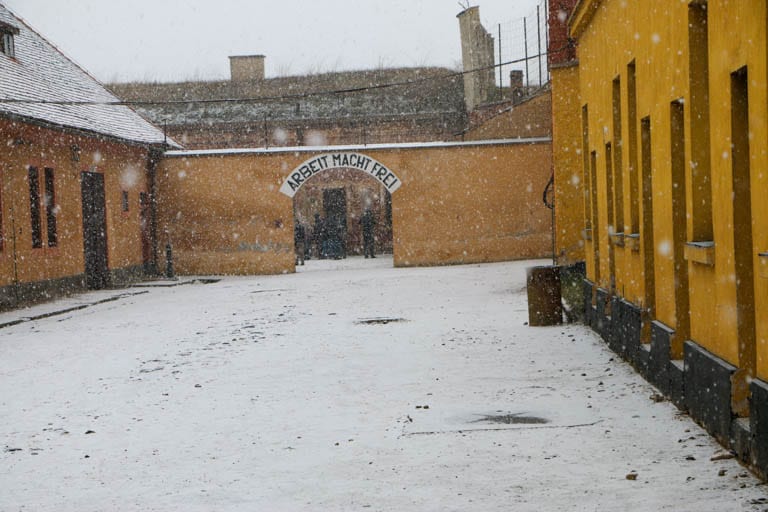
Why the Nazis Built the “Model” Concentration Camp at Terezin
Evidence of the Nazi “Final Solution” is spreading throughout the world, but the world has yet to actually see the liberation of a concentration camp – a death camp. There is no definitive “proof” of the horror that our minds still struggle to wrap around 75 years after the liberation of the Nazi death camp of Auschwitz.
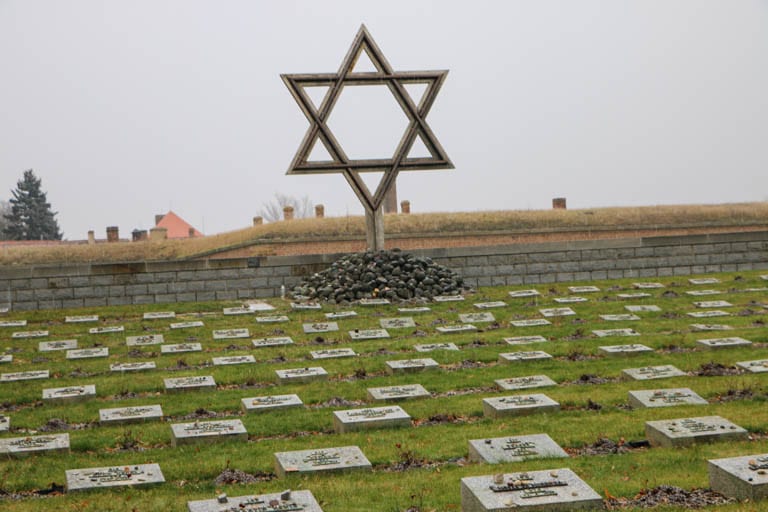
So, in February of 1944, the Nazis start the “beautification” of a ghetto and concentration camp, because the world insisted that the Red Cross see one of the so-called “Jewish settlements”.
By the end of the war, 155,000 Jews would pass through the fortress walls of the Terezin Concentration Camp. An estimated 33,000 of those people would die in the Theresienstadt ghetto and concentration camp, and 80 percent of all those who entered would meet death under the hands of the Nazis in Terezin, or Auschwitz, or on the bleak paths and railroads somewhere between the two.
But, where there are humans, there is hope. Hope that the International Red Cross delegation would see the horrors. Would smell the death. Would see the hope.
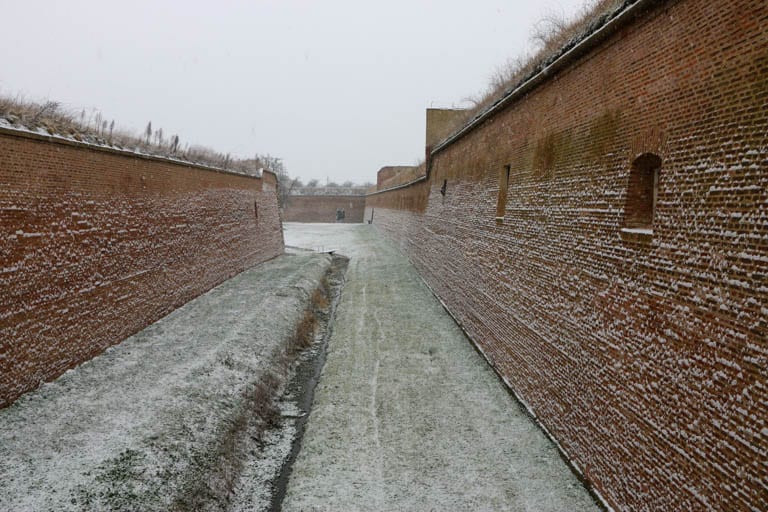
The Red Cross Visit to Terezin
When you visit the Terezin Concentration Camp today, you can see portions of the propaganda film that was shot for the Red Cross. While it was never distributed, the video is shocking, especially with the power of retrospection.
Called “The Führer Gives a City to the Jews,” the video shows children playing and men engaging in a futbol match. The ghetto looks like a quaint village.
Today, we know that cultural events were staged, matches played under duress, and well-dressed people placed strategically on street corners. Nazis were also positioned around the ghetto to ensure there would be no whispering to the Red Cross facilitators who seemed all too ready to accept the charade.
It was the definition of a Potemkin village. A terrible façade.
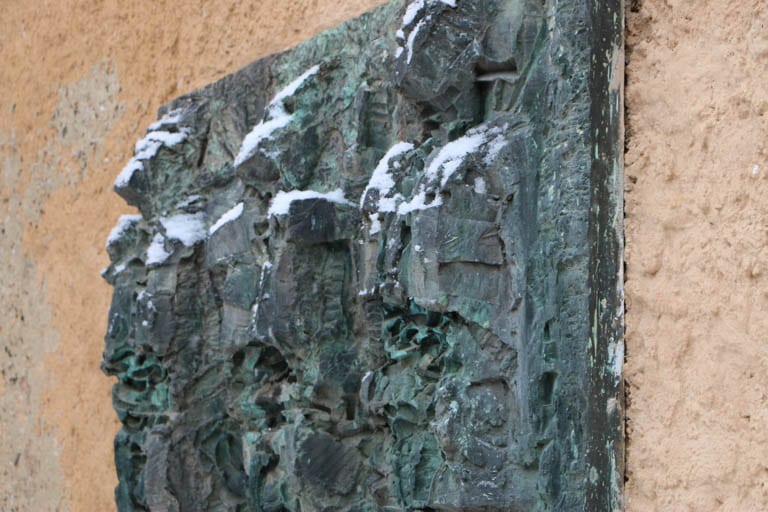
About 7,500 people were deported from the Terezin Concentration Camp to Auschwitz before the June 23, 1944 visit of the Red Cross. The Nazis wanted to ensure the ghetto would not appear overcrowded.
Apparently, it didn’t. Swiss doctor Maurice Rossel goes down in history as the man who said that the ghetto was satisfactory.
In the months following that visit, the Terezin Concentration Camp/Theresienstadt ghetto would be nearly liquidated. (Theresienstadt is actually the only ghetto to be liberated with substantial amounts of survivors, but the survivors were prisoners who had survived death marches from other camps during the final Allied advance.)
There were also 6,5000 Jews who were being held at Auschwitz following their transit from the Terezin Concentration Camp so that the Red Cross could interview them. Upon Rossel’s glowing reviews of the camp, they were gassed.
Why You Should Visit the Terezin Concentration Camp
It’s hard. I’m not going to lie to you. Because this was a “model” camp, you will see the pictures that children drew while they lived within the ghetto walls. You will also see bullet holes in the walls from where Jews were lined up and executed. And a crematorium.
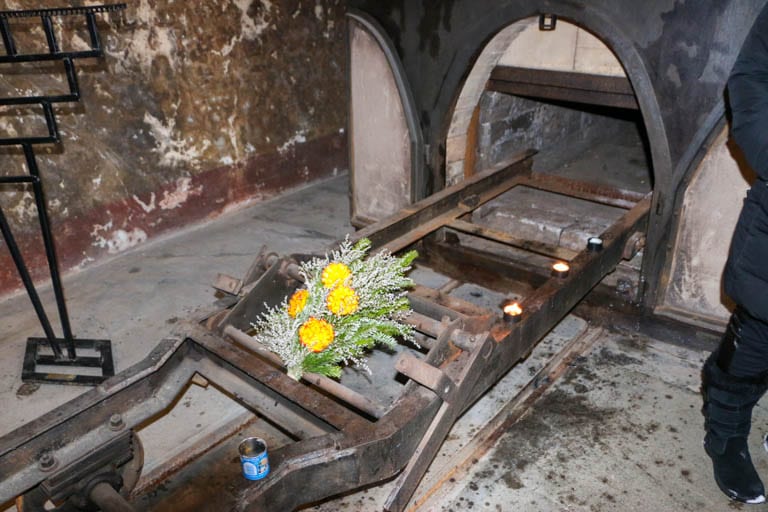
There is criticism of the memorial because some say it seems too focused on the culture that existed at the Terezin Concentration Camp. I would argue that culture existed within every ghetto. This is just a place where it was magnified.
When I asked my mom to tell me what she remembered of our visit to the camp, she didn’t recall stories of plays or pictures drawn by children. She remembered the bitter cold of that snowy, January day. And how our guide told us that people would be thrown into dark cells and sprayed with freezing cold water on days just like that one.
And that’s why we all should go.
Tour or no tour for the Terezin Concentration Camp (Theresienstadt)?
Short answer: Yes take a tour.
Here’s why:
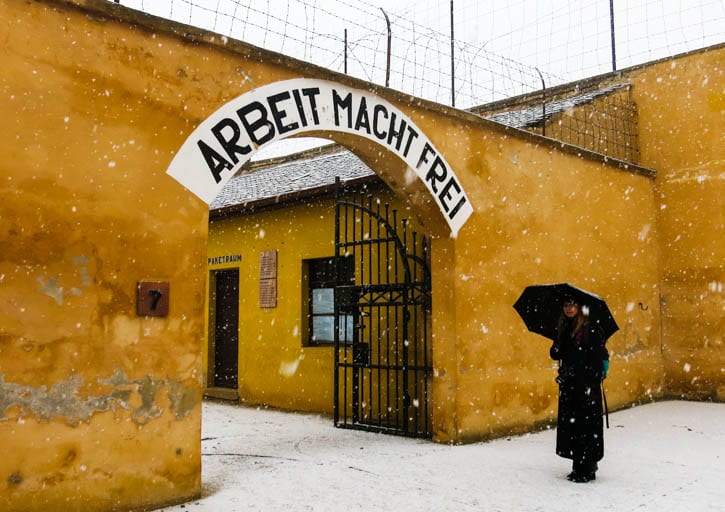
At first, I was bitter about going on a guided tour. There were numerous buses leaving Prague for Terezin on the cheap, so why take a tour? But my traveling partners on this trip, my parents, insisted. It was January which means it was….cold…really cold in the Czech Republic. And nobody needs to get lost in a remote village when it’s snowing sideways.
So, we took the Viator Terezin Concentration Camp Day Tour from Prague. Our tour bus was lined up with other tour buses at the Náměstí Republiky, a main Prague city square near Old Town and very near the Powder Tower (the place where I would later return to remember my partner who died of cancer.)
The trip was expensive. Today it costs $65. But here’s why it’s worth it (and, yes, my parents were right):
The roughly hour-long ride out and back provided the guide an opportunity to tell us all about the history of the fortress town of Terezin and the period of time during WWII in which it became a “model” ghetto and concentration camp for the Red Cross and the world.
There was information at the Theresienstadt ghetto-concentration camp, of course, but most of the information that I remember came from my guide. And, if I’m honest, without a guide, while I wouldn’t have left with the “sunny” impression of the Red Cross in 1944, I wouldn’t have truly understood the horrors here either.
In sum, you can do this on your own, but I do recommend a guided tour. And, if you decide on the Viator option, please use my affiliate link which will give me a small commission at no cost to you.
More Reading on WWII and Prague
Here is my curated list of the best non-fiction books about WWII. This list is on Bookshop, which supports independent booksellers. You can even purchase from an indy bookstore near you!
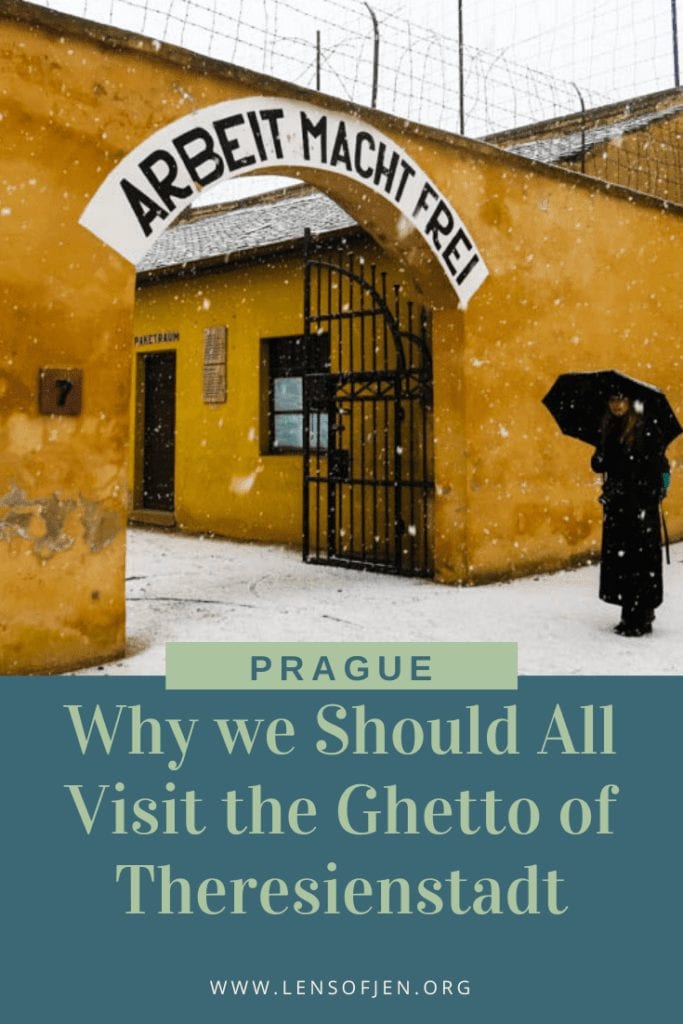
About the Author
Hi! I’m Jen!
I’m a freelance writer and travel blogger who quit my nine-to-five after my fiancé, Jeff, died of cancer at the age of 40. When he died, I realized that life is just too short to delay our dreams. Since my dream was to travel and write, I now travel and write full-time. Today I wear hiking boots instead of heels and collect experiences instead of things.

